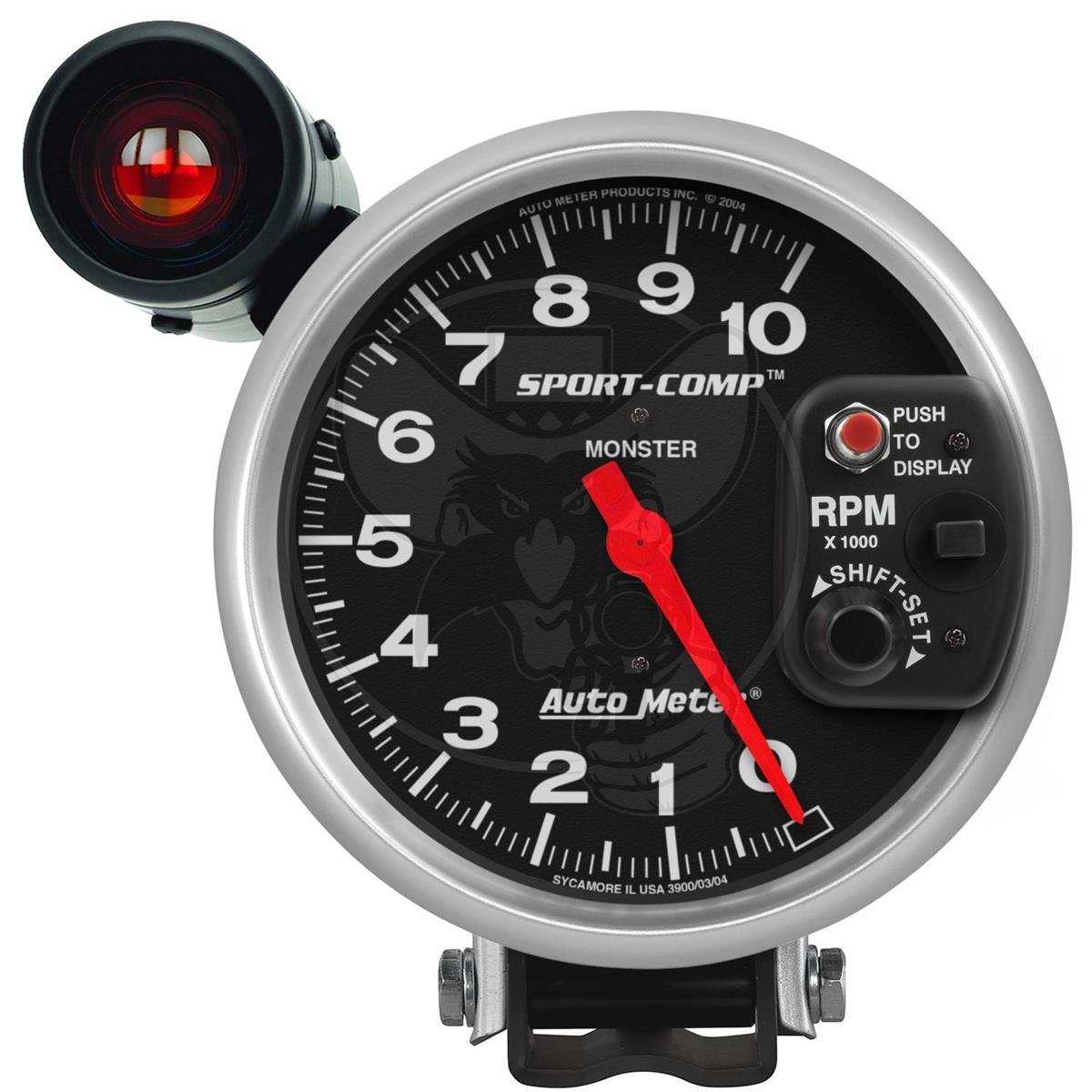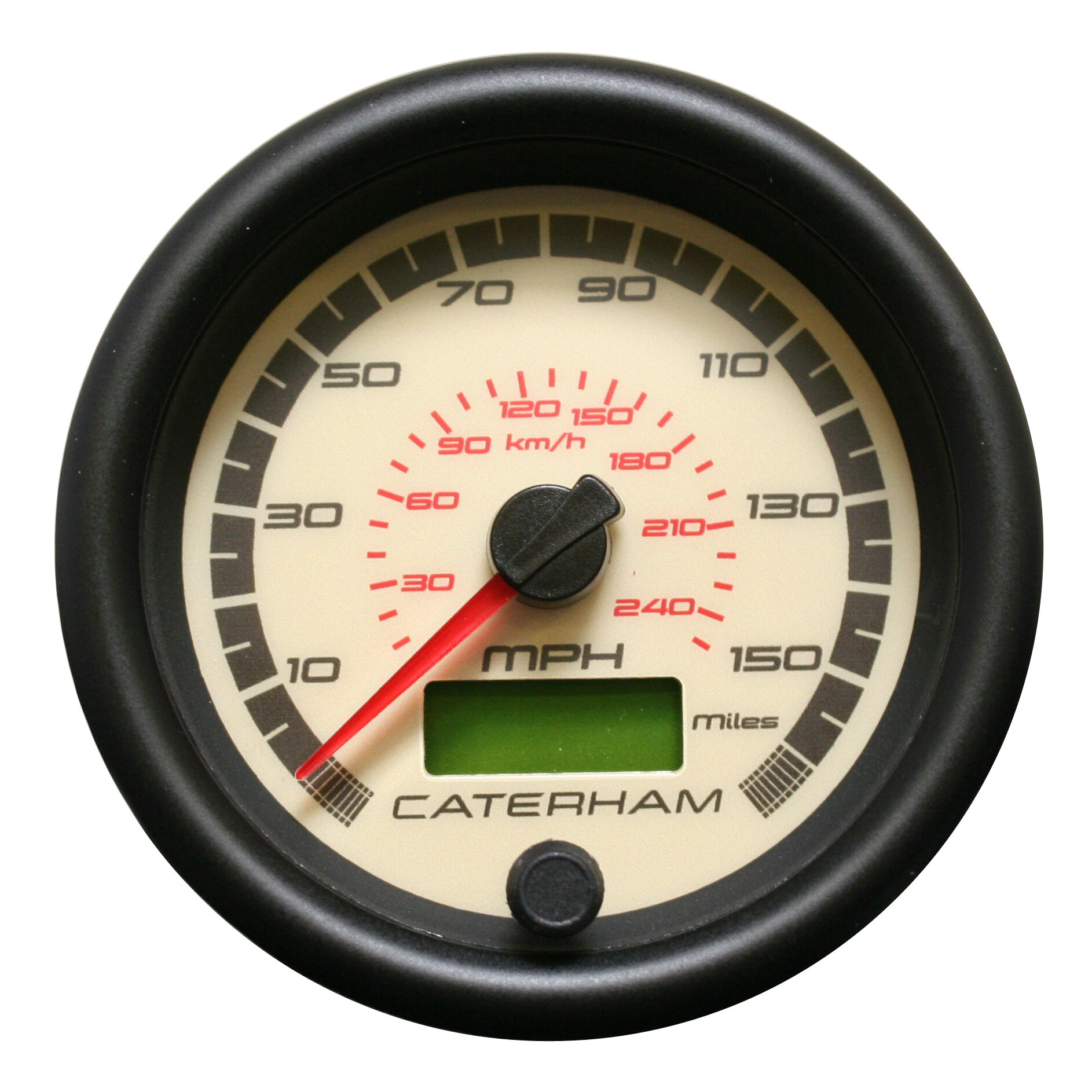Tachometer Essential: Every Little Thing You Required to Know for Accurate Readings
Tachometer Essential: Every Little Thing You Required to Know for Accurate Readings
Blog Article
The Relevance of a Tachometer in Checking Engine Speed and Efficiency in Automotive Applications
In the world of auto design, the tachometer stands as an essential instrument in the vehicle driver's toolbox, supplying a direct home window right into the internal operations of a lorry's engine. Past its feature as a plain scale of changes per min (RPM), the tachometer offers as an important tool for lovers and specialists alike, offering real-time insights right into engine efficiency and wellness.
Relevance of Checking Engine RPM
Keeping track of engine RPM, or changes per minute, is an important aspect of automobile maintenance and performance assessment. Engine RPM directly correlates with the speed at which the engine's crankshaft rotates, suggesting how swiftly the engine is running.
Moreover, monitoring engine RPM is crucial for efficiency examination in auto racing and high-performance vehicles. In recap, checking engine RPM is not just important for spotting concerns but likewise for optimizing engine performance in numerous automobile applications.

Advantages of Real-Time Data
In automotive applications, real-time information plays an important function in giving immediate insights into the performance and condition of the car. By continuously checking various specifications such as engine speed, temperature level, gas consumption, and a lot more, real-time information uses numerous benefits that add to enhanced performance and safety and security when traveling.
In addition, real-time data helps with efficiency optimization by offering prompt responses on driving practices and engine efficiency. Drivers can readjust their behavior in real-time based on this info to accomplish much better fuel economic situation and lengthen the lifespan of their vehicle.

Furthermore, real-time information plays an essential duty in modern-day vehicle diagnostics, enabling service technicians to quickly detect and address breakdowns. This results in lowered downtime, lower upkeep prices, and inevitably, boosted total car reliability and longevity (tachometer). By using the power of real-time information, vehicle stakeholders can make educated choices that favorably impact both the performance and long life of the vehicle
Influence On Equipment Shifts
Effective gear shifts in automotive applications dramatically affect total efficiency and driving experience. The tachometer plays a vital role in enhancing gear changes by supplying real-time engine speed information to the driver. When coming close to the redline on the tachometer, it indicates the motorist to upshift to avoid over-revving the engine and creating potential damage. On the other hand, downshifting at the appropriate minute can assist maintain the engine in its power band, making certain receptive acceleration when required.
In addition, the tachometer aids in achieving smoother equipment shifts, specifically in manual transmissions. By checking engine speed, drivers can carry out equipment changes at the optimal RPM range, decreasing jerking activities and lessening wear on the transmission elements. This accuracy on duty modifications not just enhances driving convenience however likewise adds to sustain performance.
Enhancing Fuel Effectiveness
Provided the crucial role the tachometer plays in optimizing gear changes for performance and engine health and wellness, it directly adds to maximizing fuel performance in auto applications. By offering real-time comments on engine speed, the tachometer helps drivers in maintaining one of the most reliable RPM variety for gas economic situation. When vehicle drivers continually keep track of the tachometer and change their driving habits accordingly, they can stay clear of unneeded gas intake brought on by over-revving or lugging the engine.
Additionally, the tachometer helps motorists identify the most fuel-efficient gear to be in at any look at this site kind of given moment, preventing the engine from working more difficult than essential. In conclusion, the tachometer serves as a valuable tool in improving fuel efficiency by promoting optimal driving habits and determining areas for improvement in the automobile's performance.

Making Best Use Of Engine Durability
The tachometer's check my source role in checking engine rate and performance is important in making sure the durability of automobile engines. Keeping track of the tachometer permits motorists to stay within the suggested RPM variety for their vehicle, stopping unnecessary strain on the engine and prolonging its lifespan.

Final Thought
To conclude, the tachometer plays an important duty in keeping track of engine important site speed and efficiency in automobile applications. By giving real-time information on RPM, it enables effective gear changes, enhanced fuel effectiveness, and maximized engine durability. This device is essential for maintaining optimal engine efficiency and ensuring the general capability of a vehicle.
Report this page